Unlike traditional printmaking processes that allow the printer to make multiple, identical prints from a single original, the process of mono printing creates one unique print from a master.
Basically, an artist paints a scene or design on a master, which could be made of vinyl, acetate, sealed cardboard, Styrofoam, or even glass, then presses a sheet of paper to the master, transferring the image and creating a one-of-a-kind print that can never be exactly duplicated.
Artists creating mono prints can work in the positive, adding ink to a blank master to create an image, or in the negative, covering the master in ink and wiping ink away to create an image. Either way, creating a mono print master requires both drawing and painting skills.
Although many materials can serve as a master, the gel pad is one of the easiest ways to get started. The below provides instruction for creating a mono print using a gel pad, but the steps will be the same no matter your master.
To get started:
- Gather your tools – you’ll need your gel pad (these are available in a variety of sizes and quantities), inks, wedges, brayers, paper, and any other tools you’ll be using to create your image.
- Use a paintbrush or brayer apply your paint or ink to create a positive design. You can also create a negative design by ink onto your entire plate, then using a rag or cotton swab to remove ink in a desired pattern. You can also try placing a sheet of paper over the paint-covered pad and drawing an image onto the paper. When the paper is removed, the designed area will lift off the pad as well. You can create unique textures and patterns with all kinds of objects – simply press them into the paint, then onto the gel pad.
- When your design is complete, press a sheet of paper to the master and run your hand back and forth over it to ensure a smooth, even transfer. Lift the paper slowly from one corner to reveal your one-of-a-kind print.
- Try creating a layered print by designing another master, placing the same sheet you just printed (make sure it’s dry first) on top of the gel pad, and transferring the second image on top.
- Clean your pad with baby wipes or soap and water and gently pat it dry. Store until you’re ready to print again.

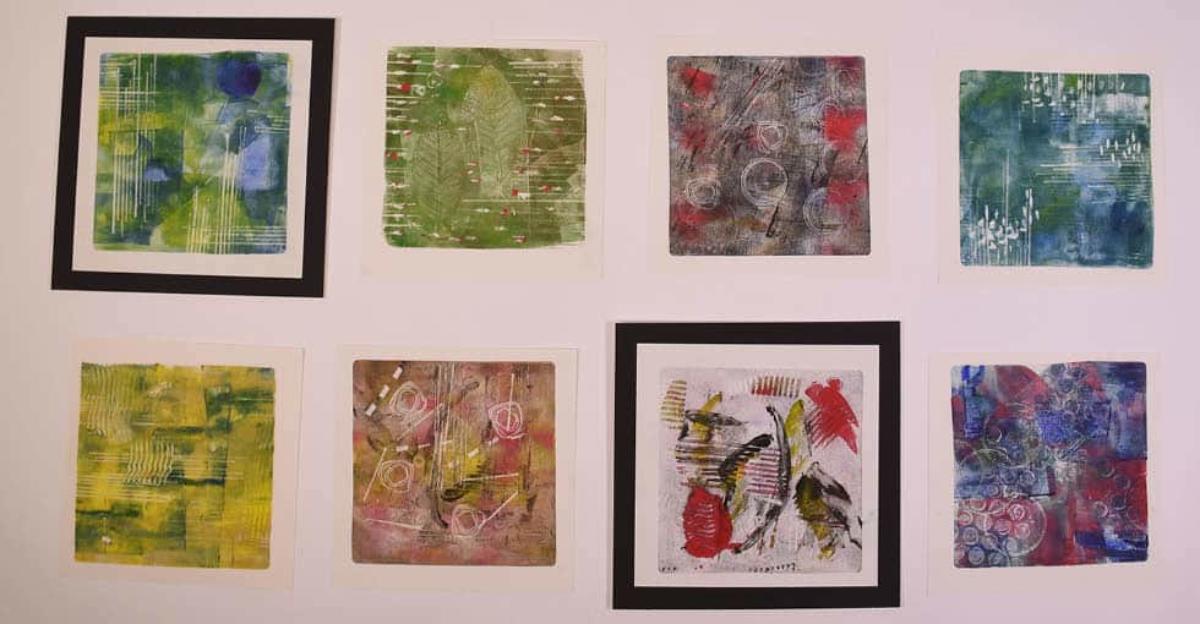
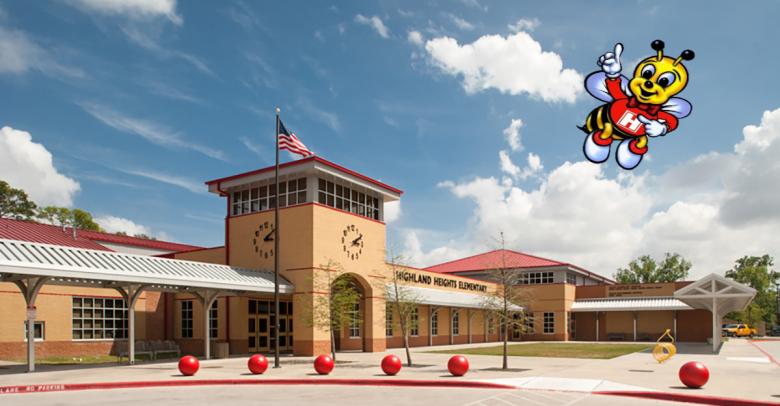
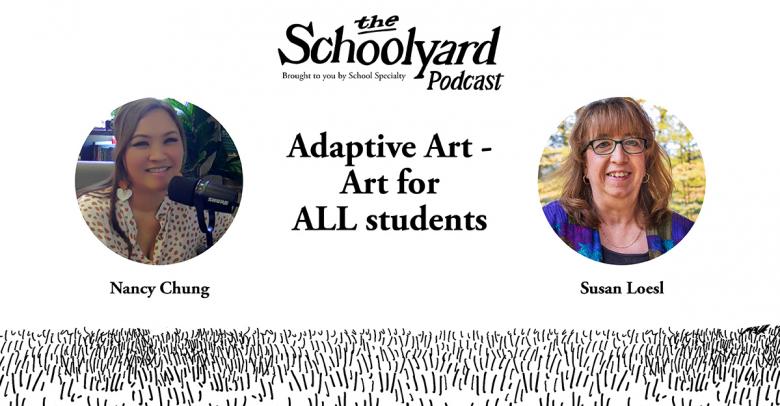
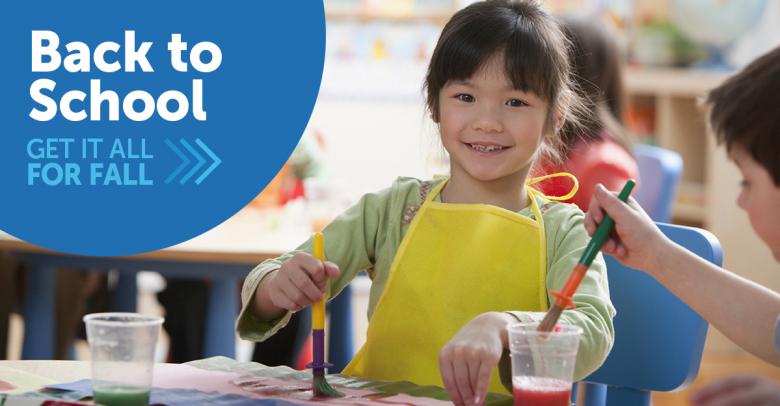
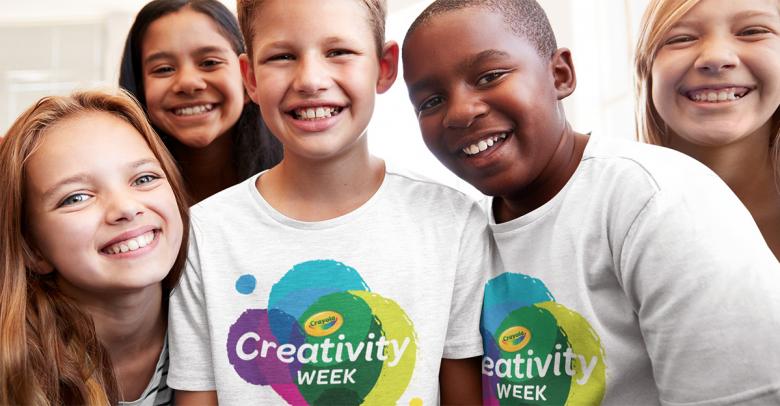
Leave a Reply